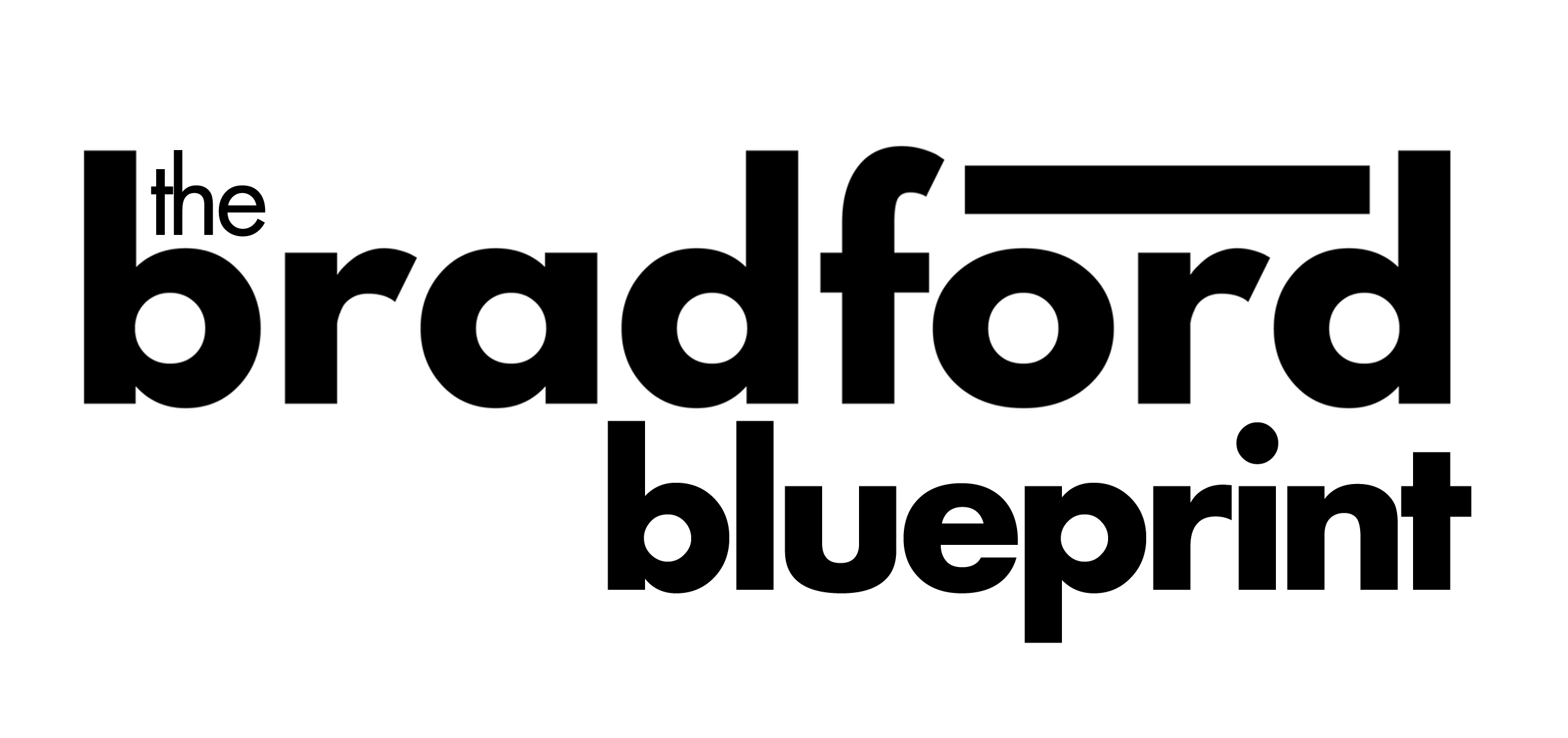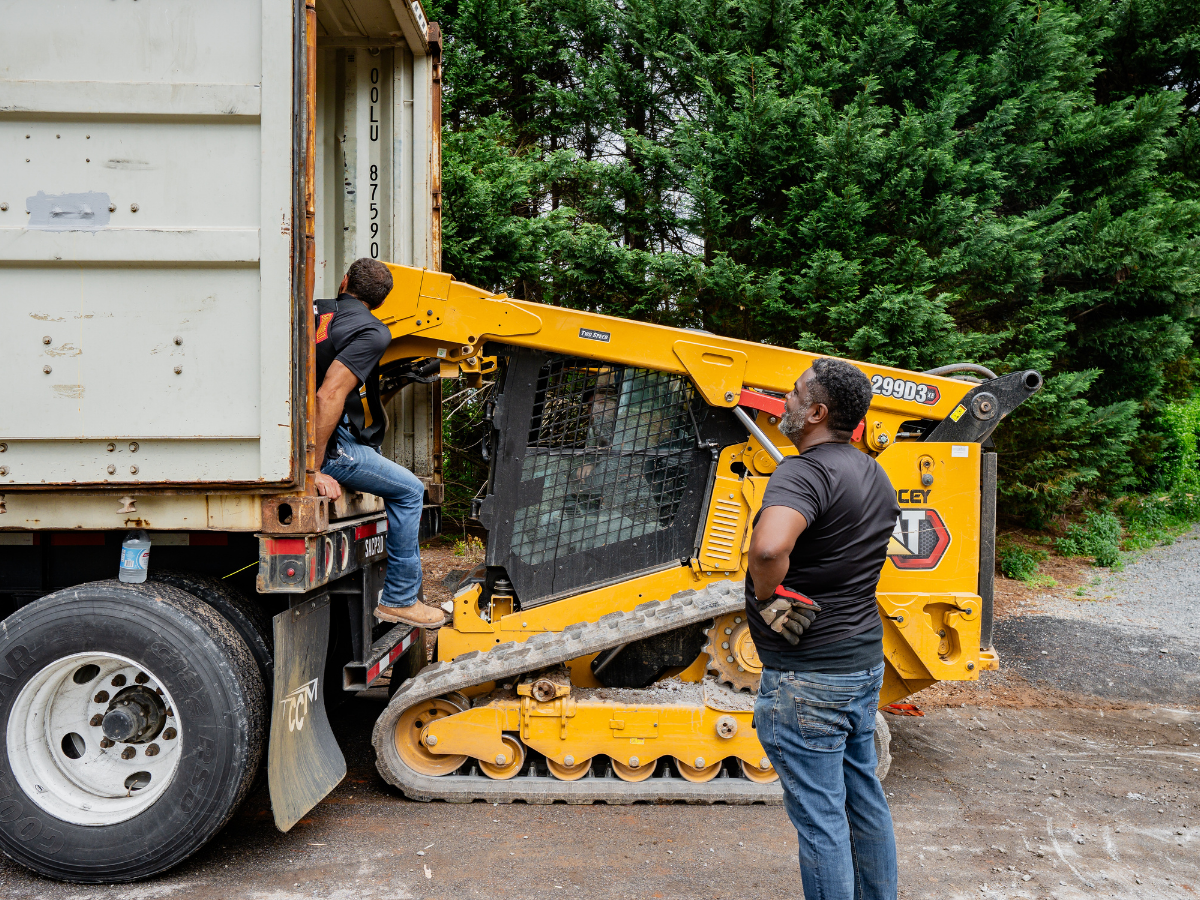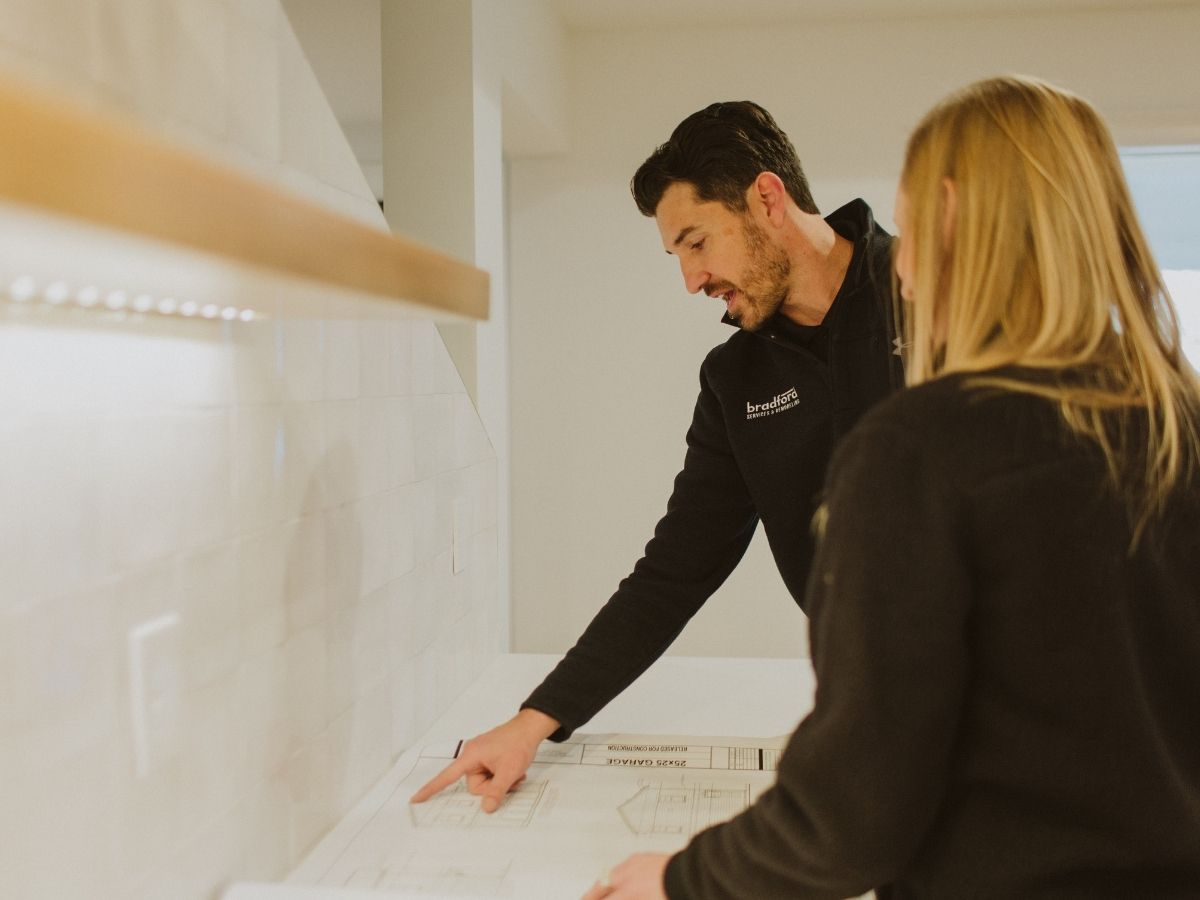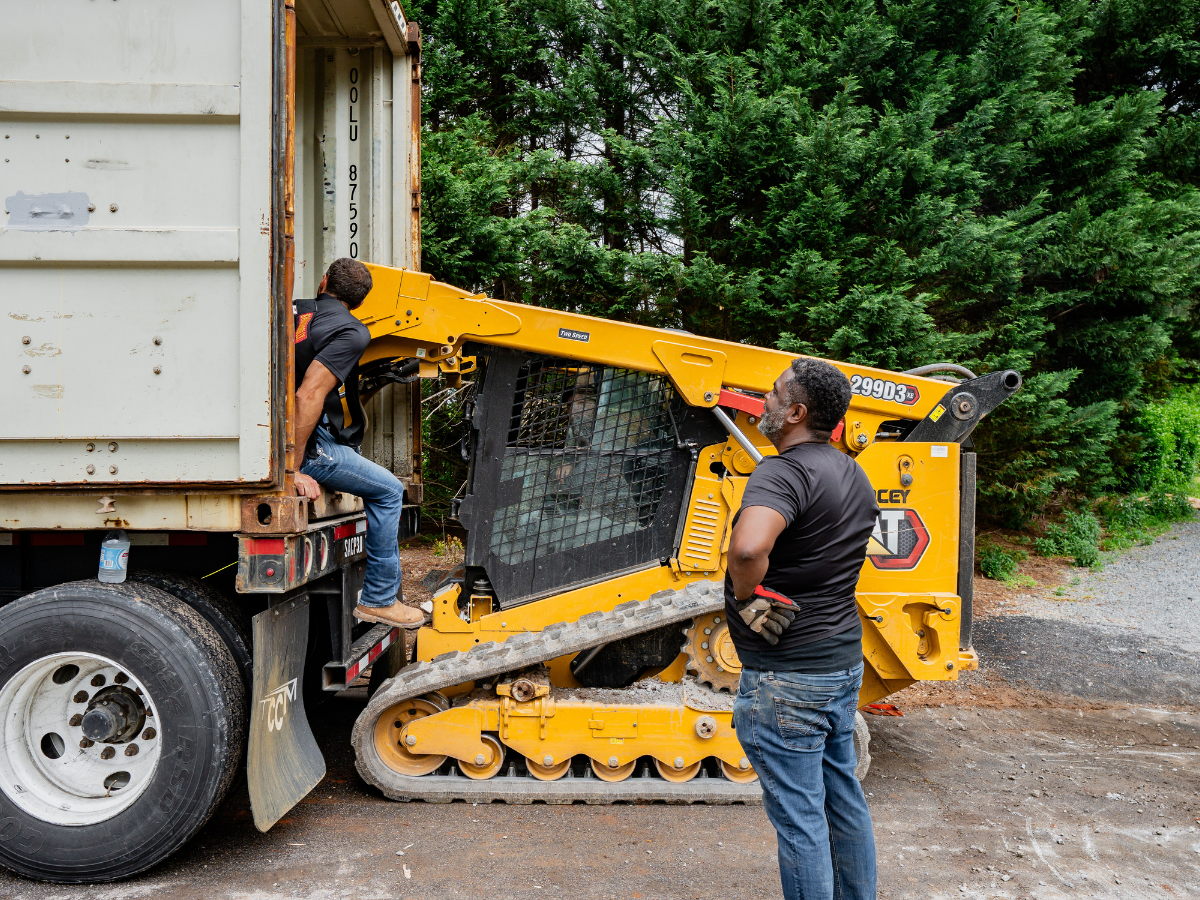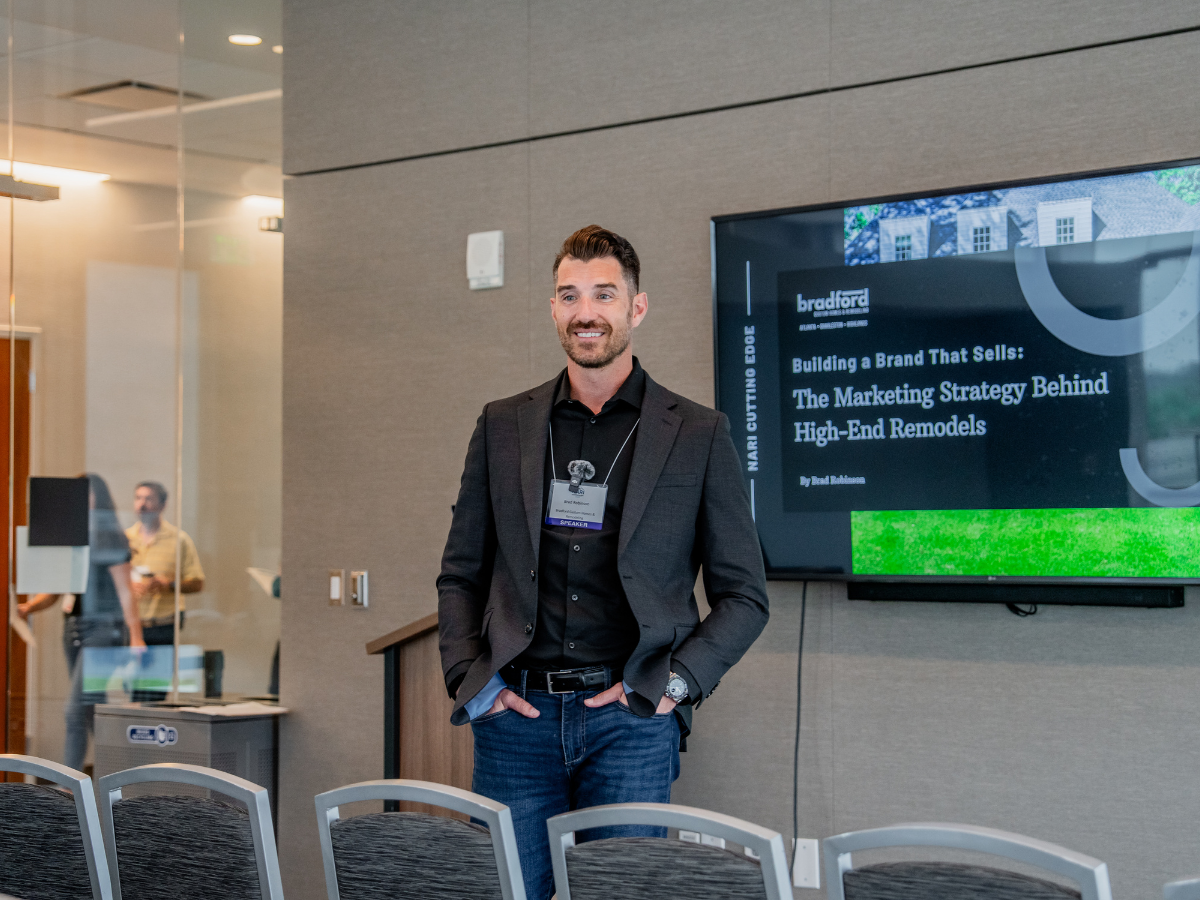Becoming a builder takes more than just learning how to frame a wall or pour a foundation. It takes building a business, figuring out construction management, protecting margins, and keeping projects moving. And while many try to figure it out alone, inexperience is expensive. It can cost time, money, and reputation. Thankfully, you don’t have to learn how to become a builder alone!
Why Do So Many Builders Try to Go It Alone?
The short answer is pride and pace. Professional builders are wired to problem-solve. When something goes wrong, our instinct is to grab a tool belt, roll up our sleeves, and just fix it.
Add in tight schedules, project management, and thinner margins, and mentorship starts to feel like a luxury you can’t afford. In reality, pausing to learn from someone who’s been there doesn’t slow you down—it accelerates you. One hour of construction industry insight today can save weeks of rework tomorrow!


The Hidden Costs of Inexperience
Builders often underestimate the true cost of trial and error until it’s too late:
- Re-Work: A small framing error can set off a chain reaction—trades stacking up, schedules slipping, and tens of thousands in change orders and construction materials.
- Reputation Drag: One unhappy client doesn’t just cost you their job; it can quietly block three future referrals. You won’t see it on your P&L—just in the silence of an empty pipeline!
- Team Turnover: New leaders often underinvest in culture, and good people leave. The real cost isn’t the recruiter’s fee—it’s the brain drain, the knowledge gap, and the slow ramp-up of new hires.

How Mentorship Changes the Game
Mentorship shortens the learning curve by compressing decades of experience into days of wisdom. A mentor hands you proven checklists, contract language, and vendor insights that already work. Instead of paying through costly mistakes, you pay a fraction up front for playbooks that protect your profit and your sanity.
If your goal is to build one project, you can do it solo. But if your vision is to build a company that outlives you, mentorship isn’t optional—it’s essential.
Curious how we got started? Find out here!
The Bradford Blueprint Difference
At Bradford Blueprint, we pair on-demand learning modules with live office hours. Builders upload their real estimates or schedules, and we mark them up in real time—like having a senior project executive on speed-dial. It’s mentorship that meets you in the ins and outs of your actual work, and it prevents costly mistakes before they ever hit the job site.
Here are the pitfalls we see most often:
- Underpricing: Chasing low bids instead of focusing on value. We teach margin-backward estimating!
- Loose Scopes: Vague allowances that balloon into budget nightmares. Our scope templates lock every spec in writing.
- Cash-Flow Blind Spots: Profit looks good on paper, but cash flow is bleeding. We walk builders through weekly WIP reports and draw schedules to keep cash positive.

Invest in Experience
Early in my career, I was reactive—constantly putting out fires. Experience taught me the value of data: daily field reports, forecasting slippage, and building Red-Flag lists. Risk isn’t a surprise anymore—it’s a metric we measure. That shift came from learning, but not all of it had to come the hard way!
For someone hesitant to ask for help, start small. Send a question to a builder you respect on Instagram or LinkedIn. You’ll be surprised how often industry leaders respond. That one DM can open a door to mentorship—maybe even to Bradford Blueprint.
Experience is mandatory, but your mistakes don’t have to be. Borrow mine. It’s cheaper!
